Interest groups have been involved in scamming the state of billions of rupees by disseminating misinformation about the Telecommunications Traffic Monitoring and Fraud Control System (TERAMOCS). Telecom companies and self-interested parties have been "looting" more than 24 billion rupees in money that should have been collected in the state budget each year. When TERAMOCS technology is used in Nepal, there is apprehension about income fraud, phone scams, and bypass. While contemporary technology is entering the telecommunications industry, which is controlled by Nepal Telecom, the private sector's influence is growing. However, because sector surveillance is based on outdated technologies, telecom operators have defrauded the state of billions of rupees in revenue through unlawful operations such as call forwarding.
Telecom operators and intermediaries have been working hard to avoid the deployment of TERAMOCS since such frauds, revenue evasion, and bypasses would become visible with such technology. Telecom providers like as Ncell are opposed to TERAMOCS technology in order to keep their wrongdoings hidden from the public view. The authority has accelerated the work of TERAMOCS in order to improve the quality of telephone service in the country, limit call leakage, and identify revenue theft in telephone service provider firms. The primary goal of this system is to determine the causes of declining income, improve service quality, and prevent and detect illegal activity.
TERAMOCS is a monitoring and detection solution for telecom fraud. A system that monitors VoIP and call data. Those who stand to make billions of rupees from the public money with this venture have been attempting to entice not just locals but even foreign countries to block this technology. Because, as soon as the authority's work begins, the gangs' monthly earnings of two billion rupees must be put in the government coffers.
Furthermore, since the facts of call fraud, income fraud, bypass fraud, and so on became public, telecom operators and middlemen have engaged in several deceptions to hinder the implementation of TERAMOCS technology. Ncell and other major service providers are opposed to TERAMOCS technology in order to keep their wrongdoings hidden. These organizations, notably Ncell, have been engaged in persuading courts, investigative authorities, government processes, and even the communication sector that TERAMOCS performs phone tapping.
Attempt of disobedience notwithstanding the policy decision to implement TERAMOCS and the court order
Despite the fact that the government was losing billions of rupees each year as a result of telecom providers avoiding calls from outside, the political establishment kept mute on the problem. After a meeting with Telecommunication Authority personnel about techniques and processes to prevent call bypass, the then-Minister of Communications, Mohan Bahadur Basnet, agreed on 17 Ashoj 2074 to the Authority's suggestion to advance the TERAMOCS. However, by doing so, Minister Basnet's attention was called to the fact that Ncell, a big telecom operator in the private sector, has the ability to influence not only the political leadership but also Nepal Telecom. However, because illicit actions had to be halted, the authorities was approached and a policy decision was made to install equipment for call monitoring and VOIP monitoring of telephone service provider firms.
The agreement states "operating appropriate equipment and systems for international call monitoring and VOIP control" in the letter of agreement. The authorities then published an international request for the TERAMOCS project on October 20, 2074. At the time, several of businesses, including Rubel Chaudhary, had been detained for illegal operations such as call bypass in partnership with Ncell. This story highlights the need of introducing TERAMOCS technology in Nepal.
The authority began the bidding process after determining that the overall cost of this device, including call bypass, would be 3.5 billion. Digambar Jha was the authority's chairman at the time. However, as soon as the bidding process began, various factors began to work against the entry of TERAMOCS technology. Until now, a gang has been stealing significant quantities of money that should have been placed in public coffers. Among the private sector telecom companies, the operators of Smart Telecom Nepal, Hello Nepal, and UTL Nepal, which are presently closed, appear to be complicit in the activity. The primary operators are Satish Acharya of Smart Nepal, Ajay Sumargi of Hello Nepal, and Raj Bahadur Singh of UTL. Following the demise of Smart Nepal, Acharya was chosen as Ncell's Nepal representative. Upendra Mahato, the founding president of the Non-Resident Nepali Association (NRNA), is urging high political officials to block the TERAMOCS technology from progressing further by moving these cellular providers forward.
The authority requested letters of intent from TKC Telecom Canada, Vanrise Solutions Lebanon, SGS Switzerland, and INSOFT Hong Kong, for the procurement of TERAMOCS technological equipment after evaluating the 14 selected companies. Following a comprehensive review of both technical and budgetary elements, the authority selected Vanrise solutions. TKC Canada soon filed a complaint with the authority, saying that the business was picked with the authority's and Vanrise's collaboration. However, the authority noted that TKC suggested a software solution rather than the hardware solution that the telecommunications authority had requested. According to the authority's officials, the reason for not considering TKC was the authority's technical standards, which would not be reached.
According to Nepal Telecom sources, Ncell authorities have filed a complaint with the administration to impede the advancement of TERAMOCS. Previously, the gang attempted to cause confusion by bringing up the matter of call tapping, which was not specified in the proposal.
Whereas the technology is solely utilized by regulatory organizations for continuous monitoring, it was decided to withdraw the contract to install TERAMOCS technology on April 26, 2076, following directives from the Commission for the Investigation of Abuse of Authority (CIAA). Meanwhile, on January 21, 2076, Vanrise Solutions became an opponent of the Nepal government and petitioned the Supreme Court for justice. After two years of hearings, the Supreme Court issued an order in the name of the authorities on 14 Baisakh 2078 allowing Vanrise Solutions to introduce TERAMOCS technology. The decision was made by a combined bench of then Chief Justice Cholendra Shumsher Rana and Justice Kumar Chudal. Following the Supreme Court's ruling, the authority controlled the budget with the approval of the then-Minister of Communications, Gyanendra Bahadur Karki, and permitted Vanrise to introduce the system.
Vanrise Solutions has imported equipment worth around 115 billion rupees into the nation following the Supreme Court's judgment and with the authority's clearance. However, several attempts to halt imports at the Tribhuvan Airport Customs Office have been made public. The customs officers included that equipment in the list of control units at the Probe server with the help of the intermediaries interested in stopping the arrival of TERAMOCS technology. The same customs personnel had also written to the Revenue Investigation Department, Nepal Rastra Bank, Asset Laundering Department, and the CIAA several times, requesting that the TERAMOCS equipment be confiscated from the airport. For a period of six months, customs refused to release 109 servers, two test diving kits, and eight mobile sets imported by the authorities for the same.
What exactly is TERAMOCS?
Simply explained, TERAMOCS is a system that detects telecom fraud. A gadget that monitors VoIP and phone data.
As soon as the surveillance begins, the gangs' monthly earnings of two billion rupees must be placed in the government coffers. The authority has progressed TERAMOCS's activities in order to improve telephone service quality, reduce call leakage, and detect revenue theft in telephone service provider firms. The primary goal of this system is to determine the causes of declining income, improve service quality, and prevent and detect illegal activity.
Ncell's intention to conceal billions of rupees through rumors
Ncell is in the forefront of the many firms involved in call bypass and revenue evasion. This is also visible in the income submitted to the national treasury during the previous few years. In 2078, Ncell will have paid 21 billion rupees less in annual revenue than in 2074. Meanwhile, Ncell's statistics reveals that its client base has grown throughout this time. Using this data as a foundation, Ncell has demonstrated that annual revenue has declined despite the fact that revenue should have grown.
On March 23, 2075, the Supreme Court's entire bench ordered Ncell to pay the capital gains tax, which it had previously refused to pay to the government. Following the ruling, Ncell disclosed details of a more than 12 billion rupees revenue cut in order to avoid revenue the following year. According to statistics compiled by parent company Axiata, Ncell will fall to 41.90 billion rupees in 2021 and 39.80 billion rupees in 2022. While it has 1 crore 49 lakh users in 2016, it will have 1 crore 71 lakh by 2022. However, Ncell demonstrated that the corporation has been consistently losing money. While its profit appears to have expanded dramatically in Sri Lanka, Bangladesh, Indonesia, and Malaysia. According to Purushottam Khanal, chairman of the Authority, if the technology is implemented, there will be a reduction in theft and fraud in this sector, and billions of rupees will be contributed to the public budget. However, in the lack of this technology, the government is obligated to accept telecom firms' self-declared earnings.
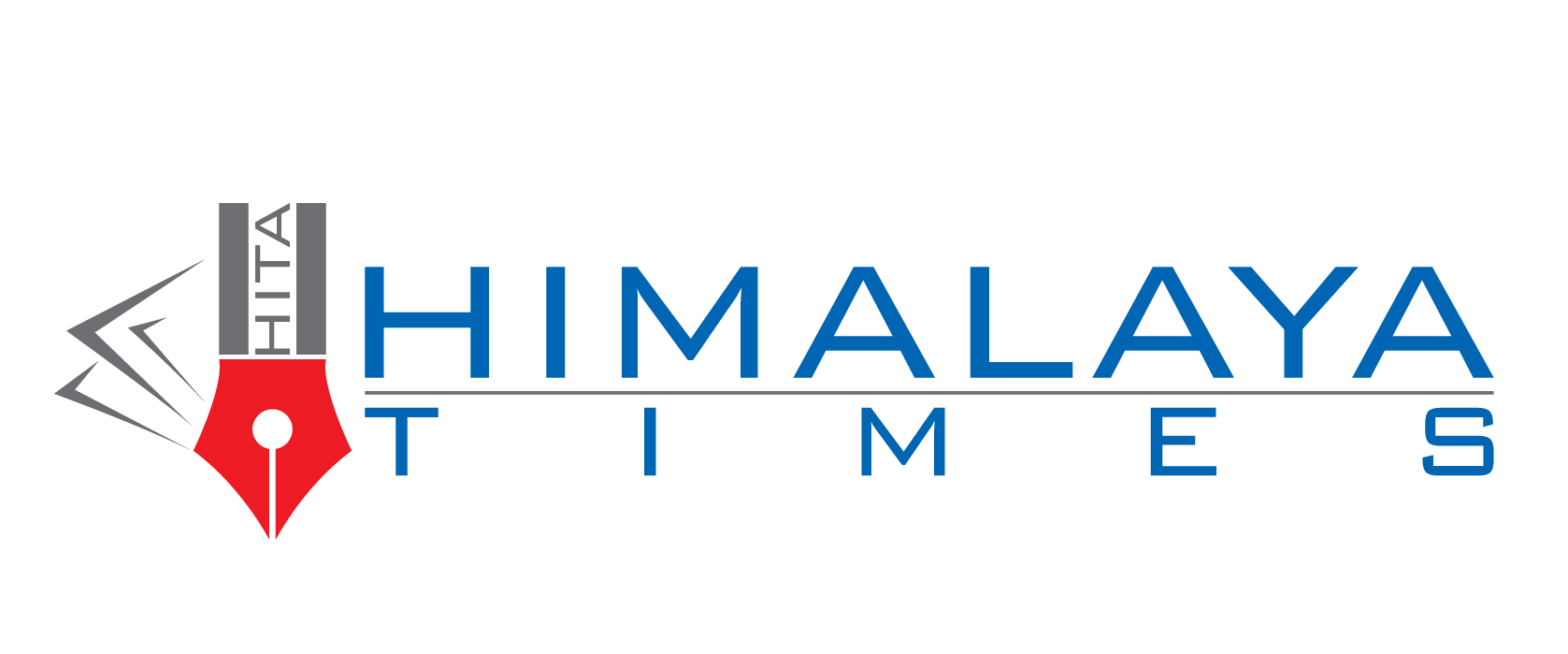


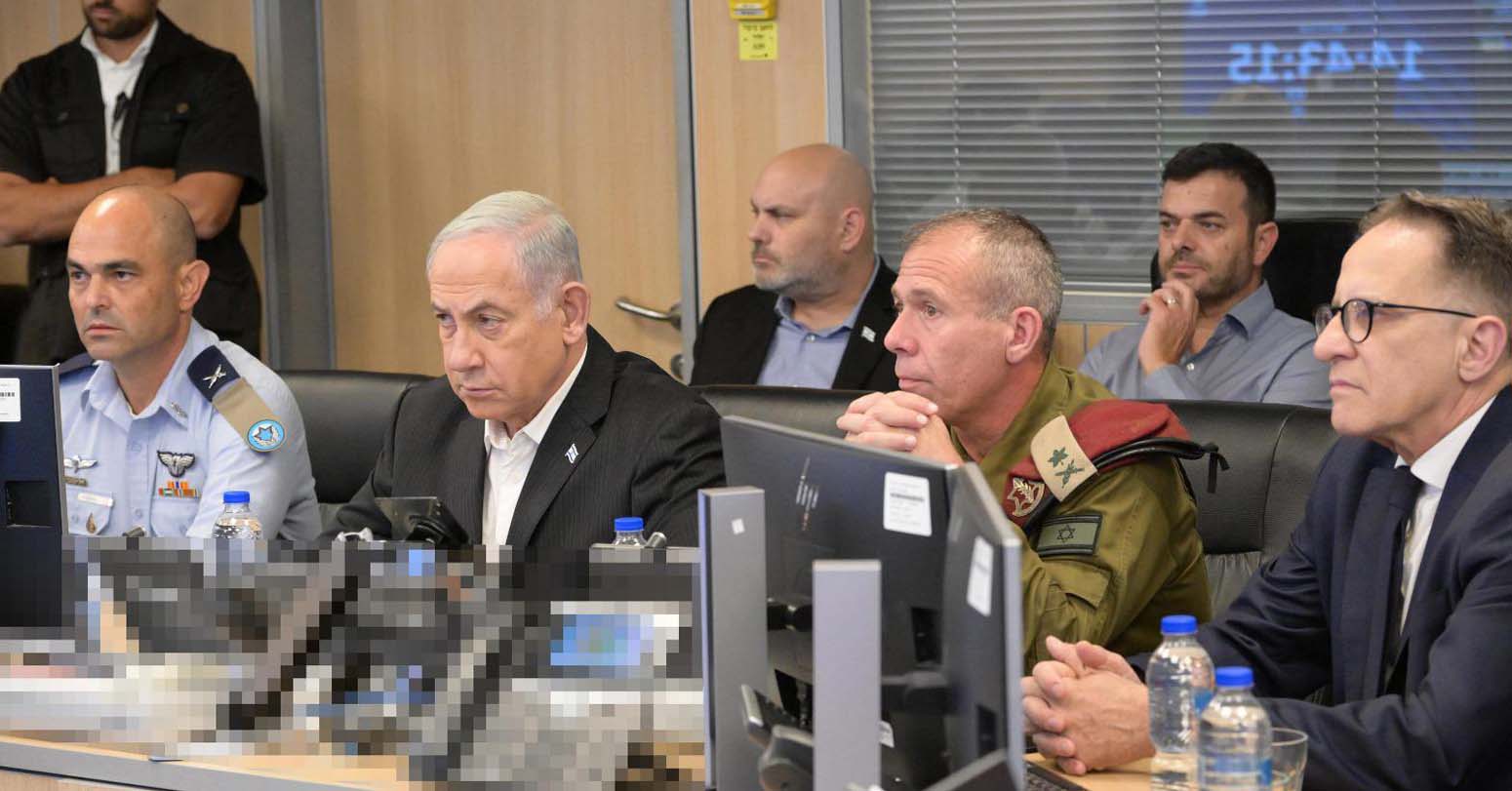


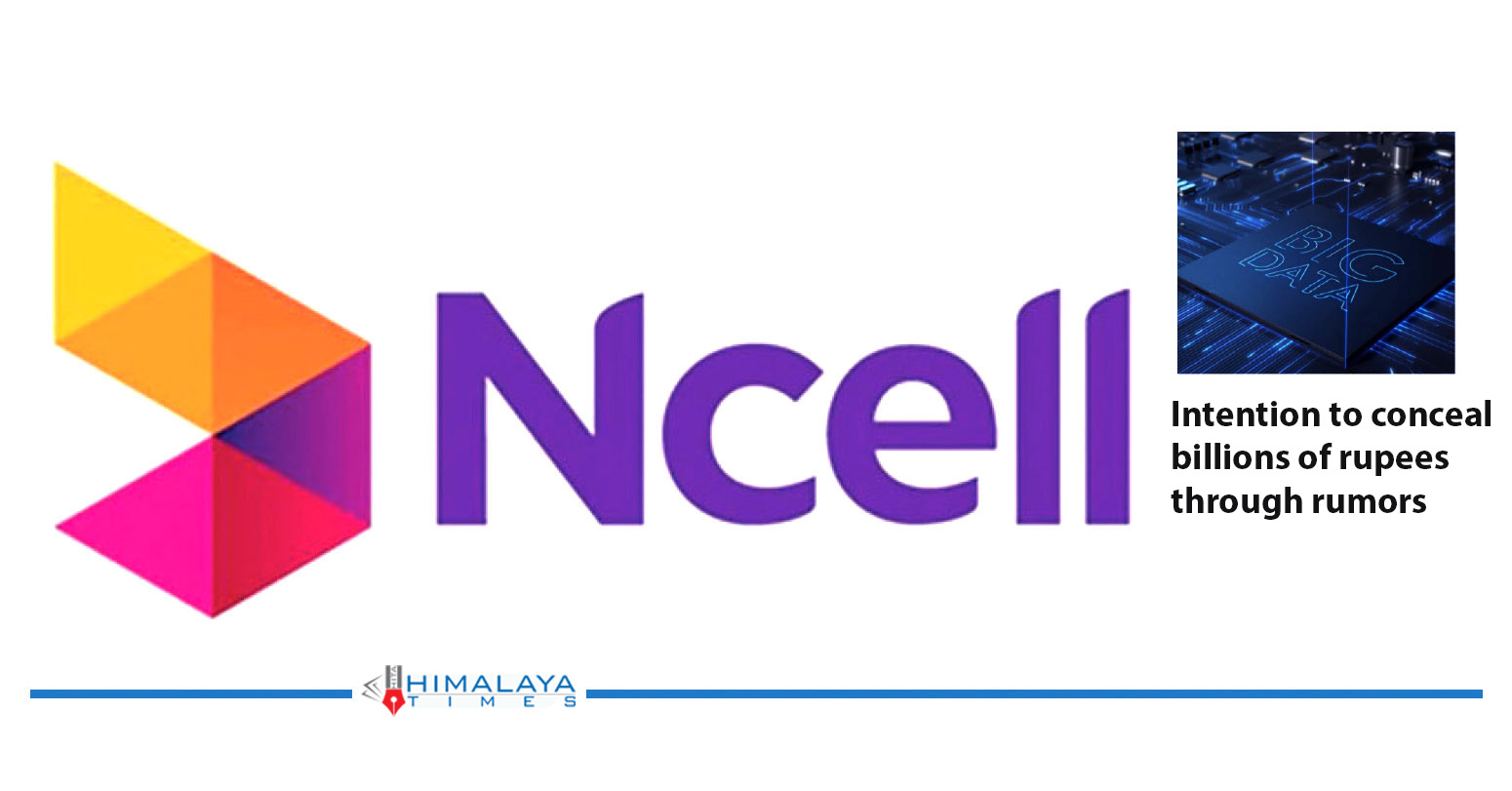
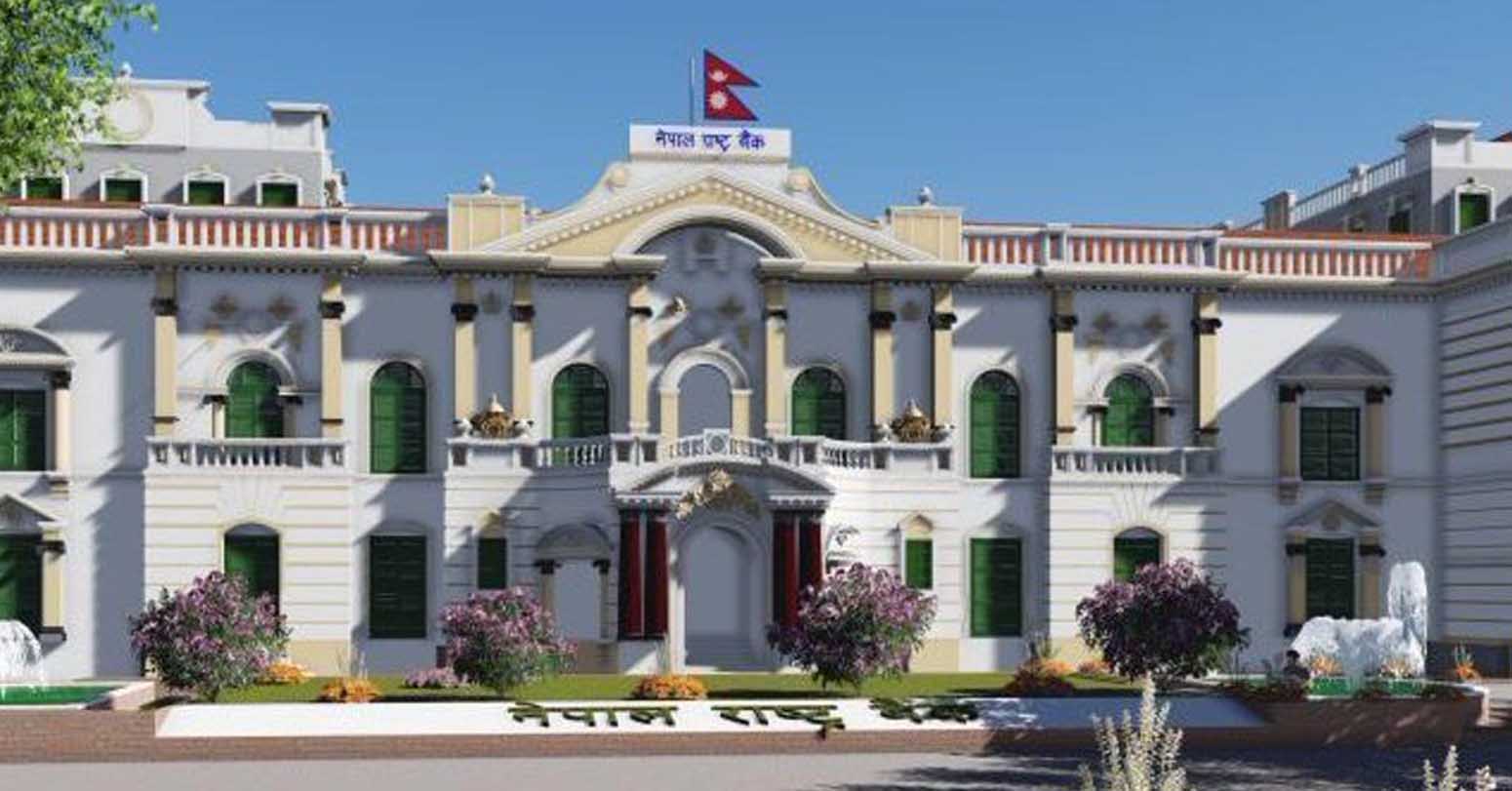




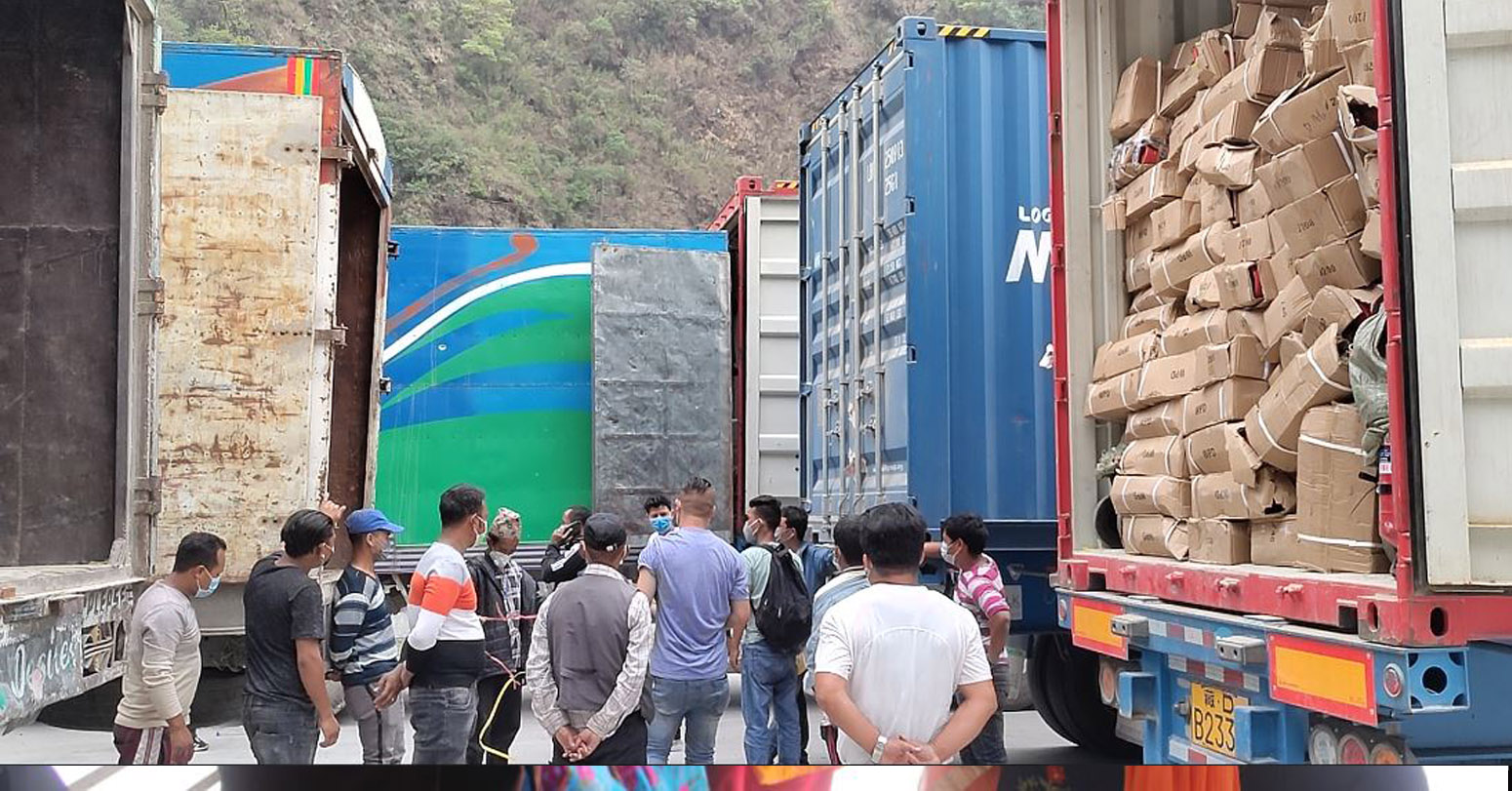
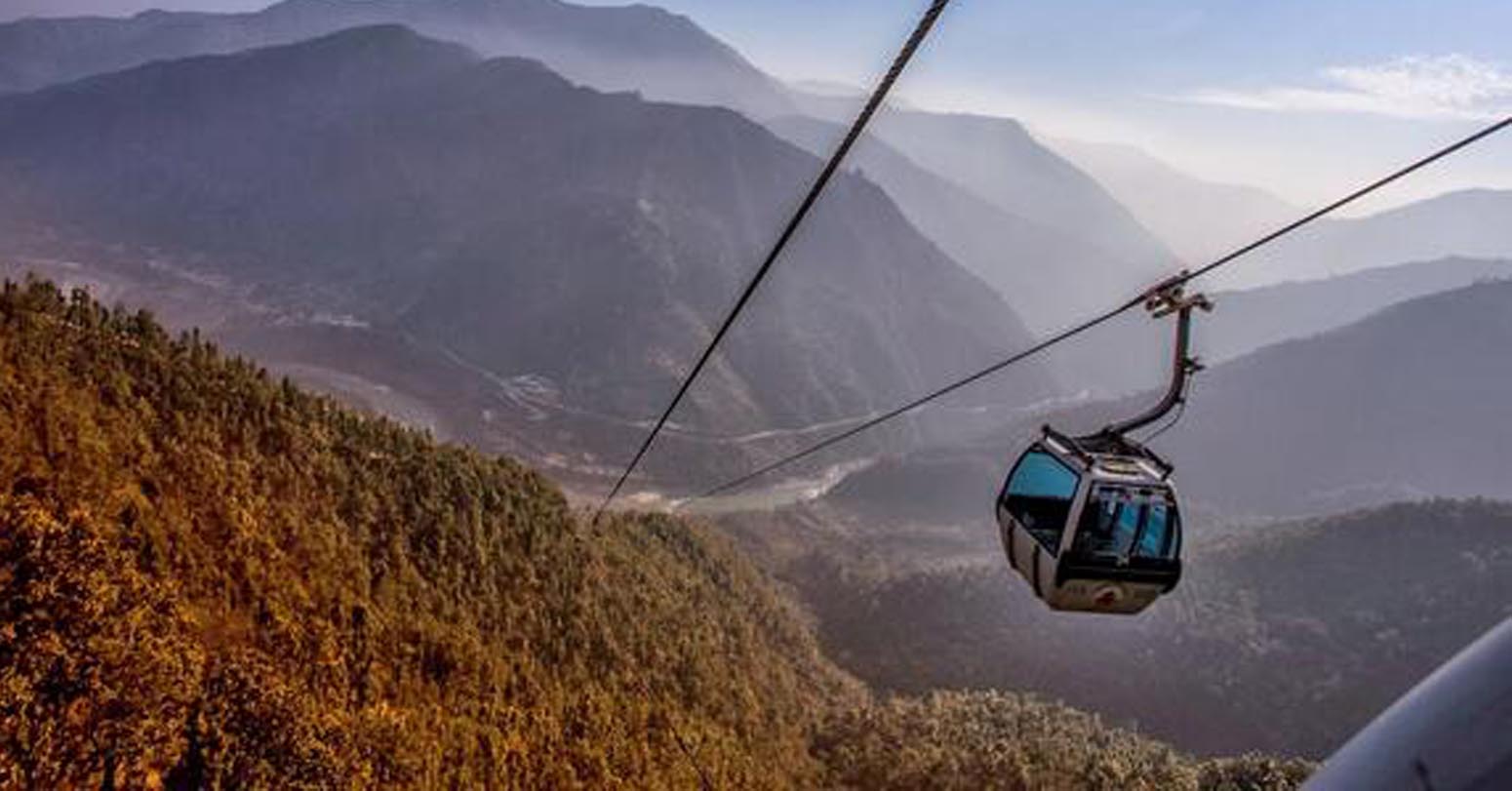
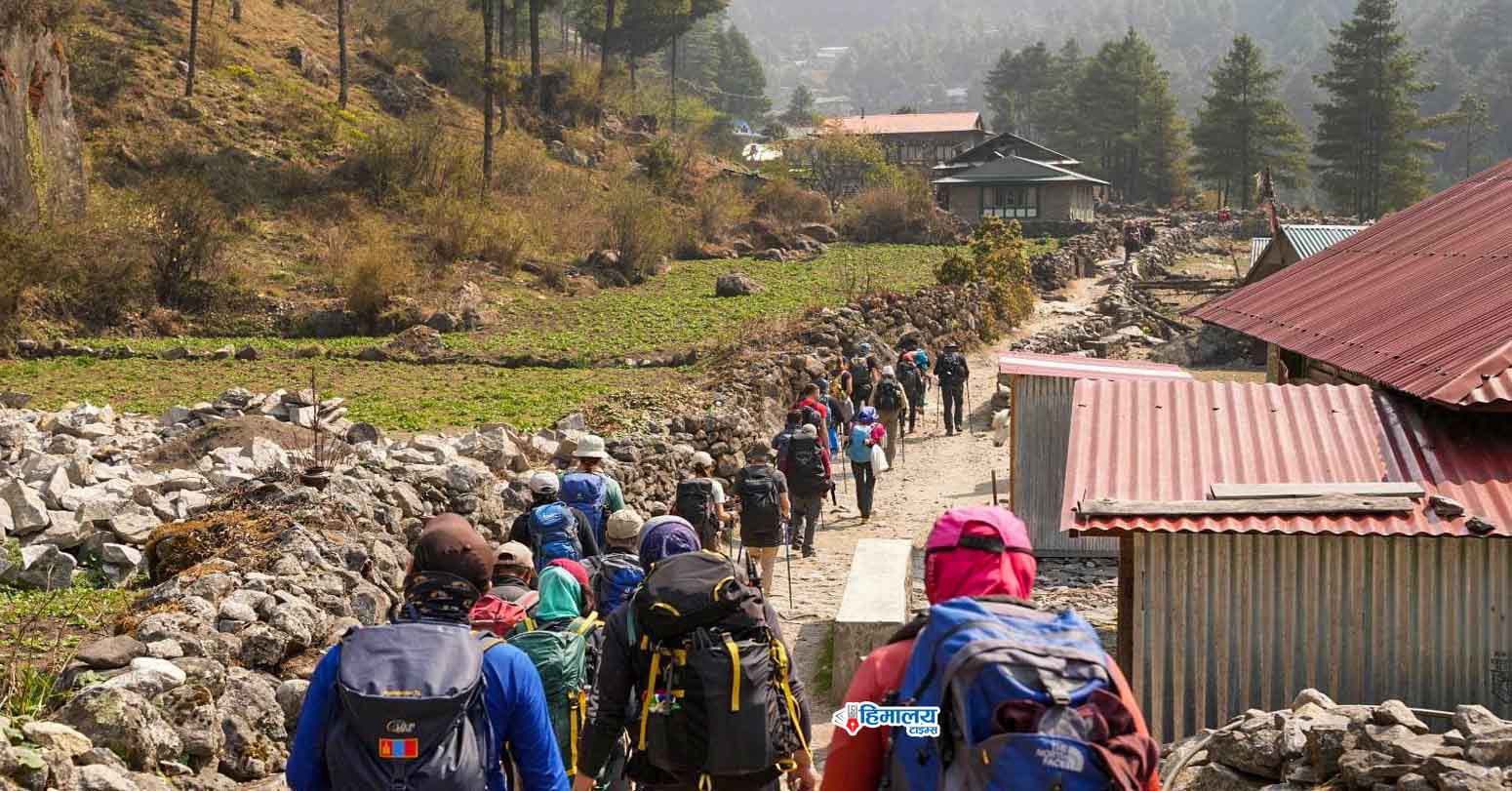
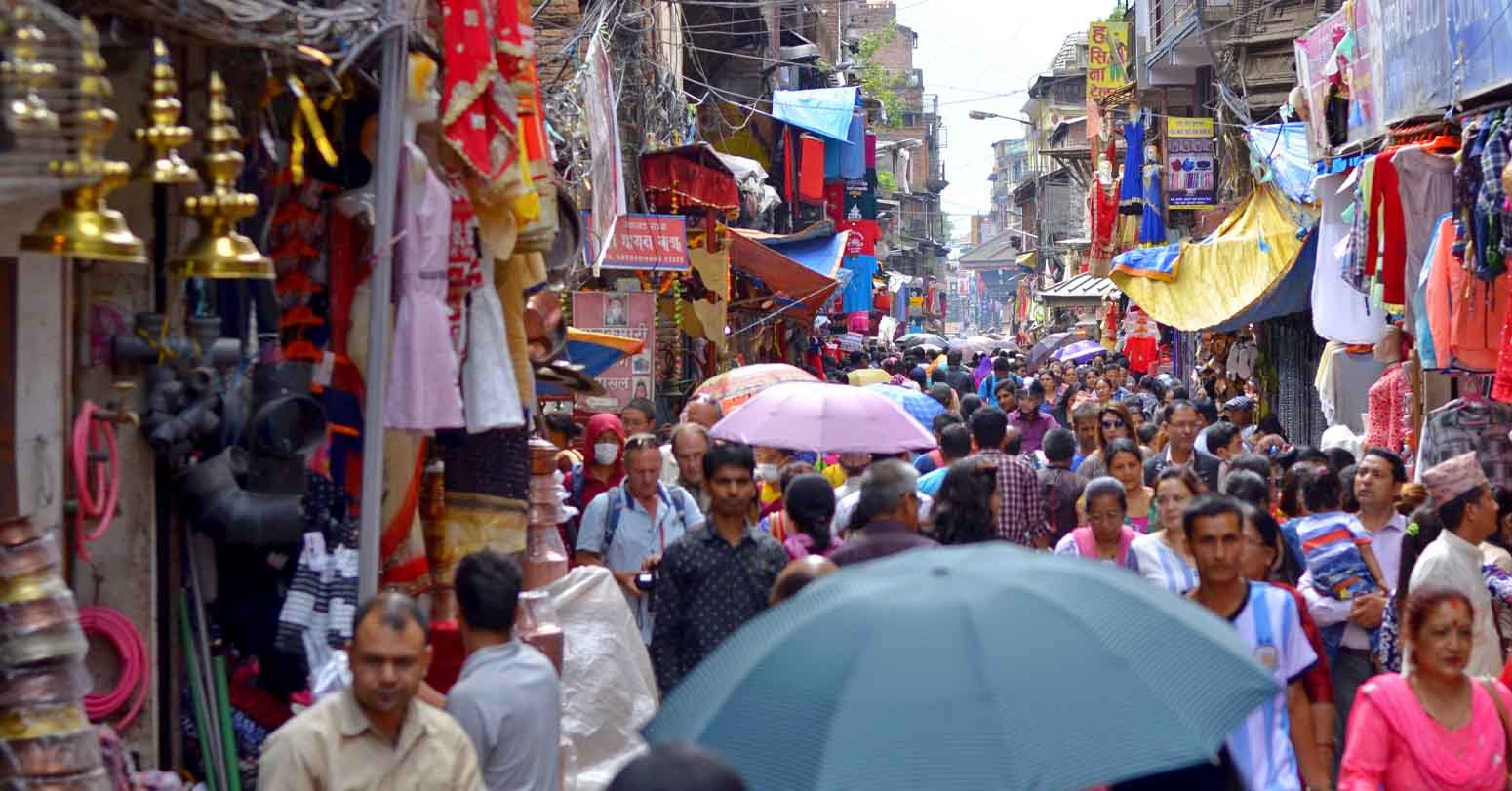
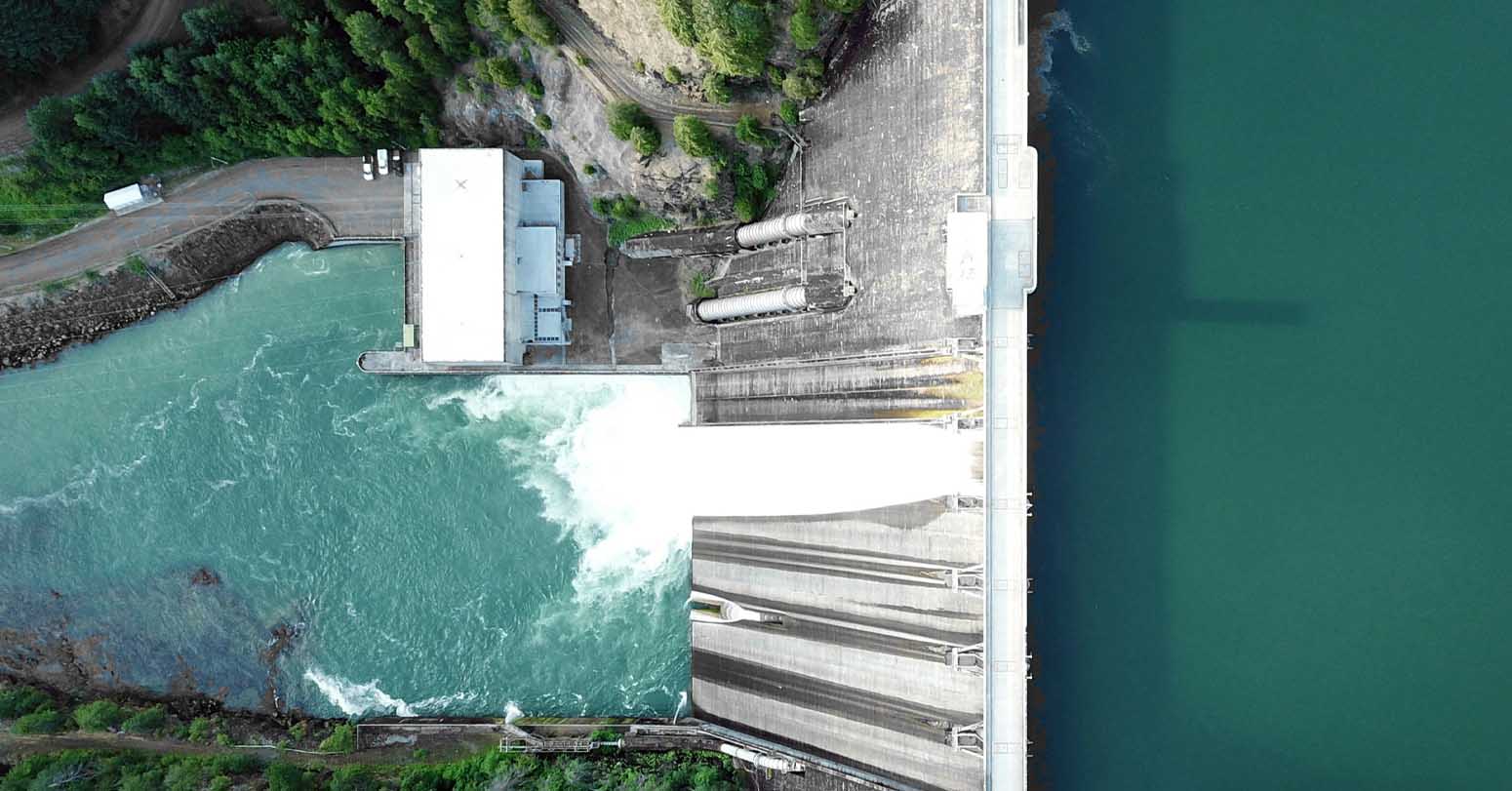

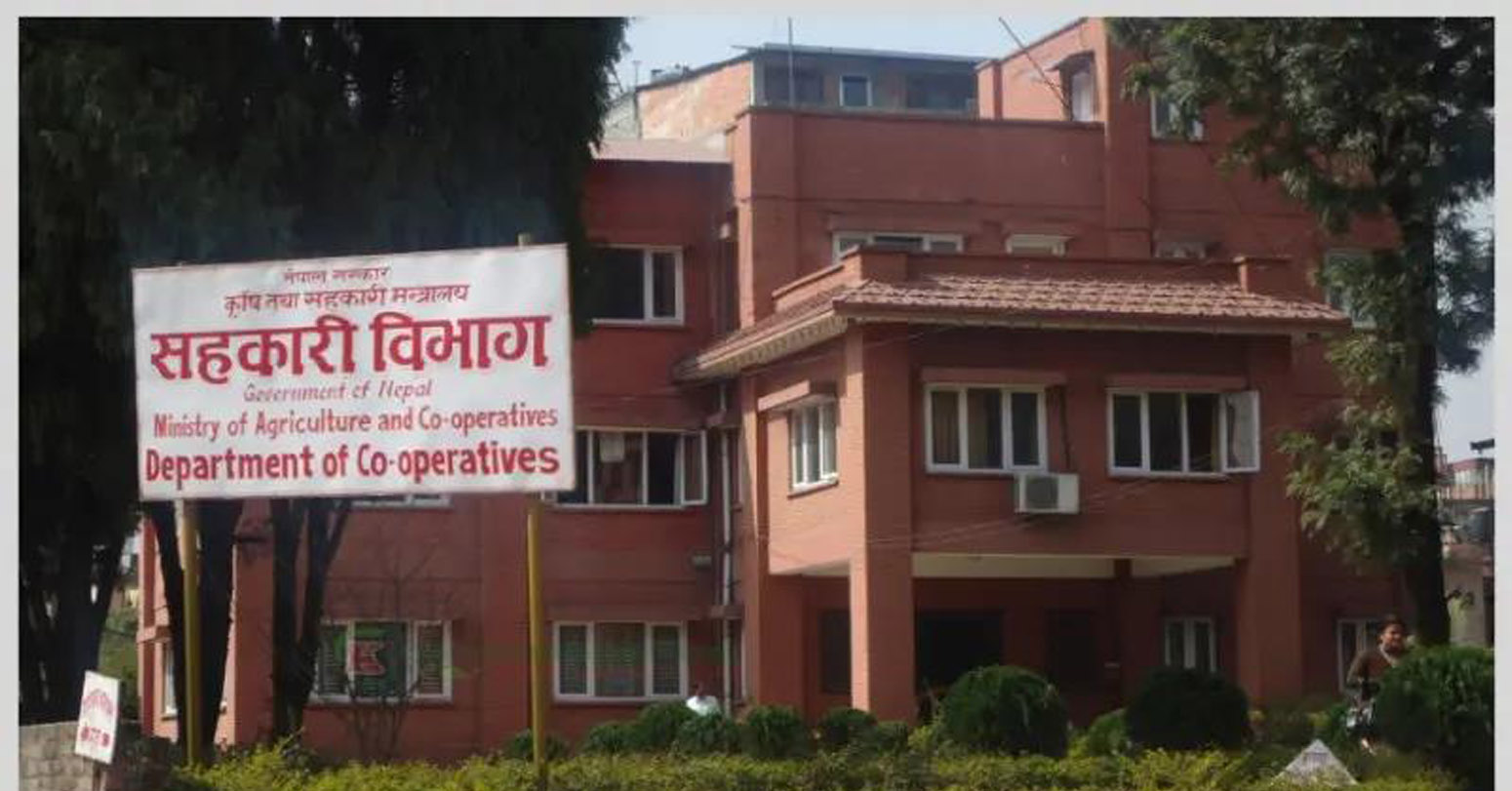
Comprehensive Data Protection Law Critically
Gender Differences In Mental Healthcare
Messi Wins Best FIFA Men’s
Erosion of Democracy
Fly Dubai Catches Fire in
“Complexities of the South Asian